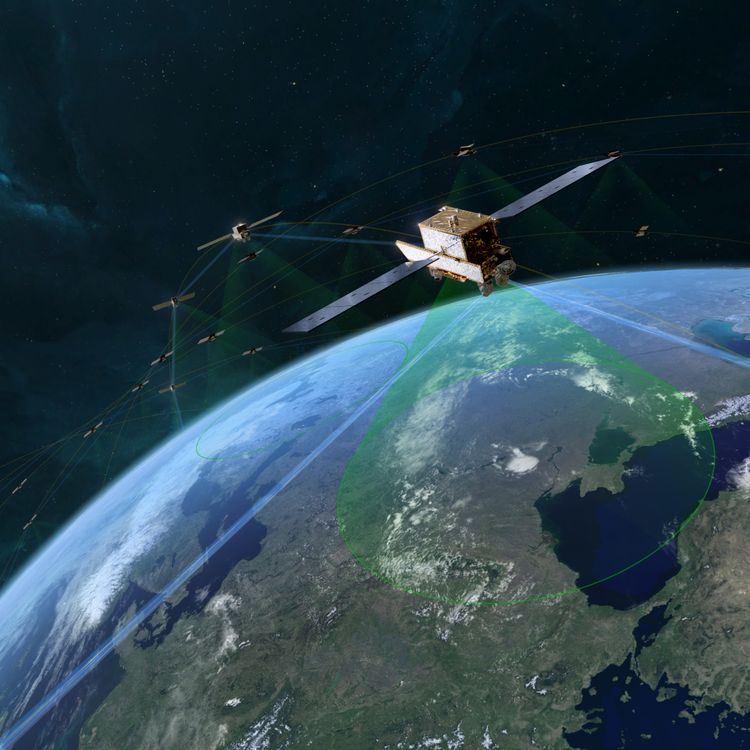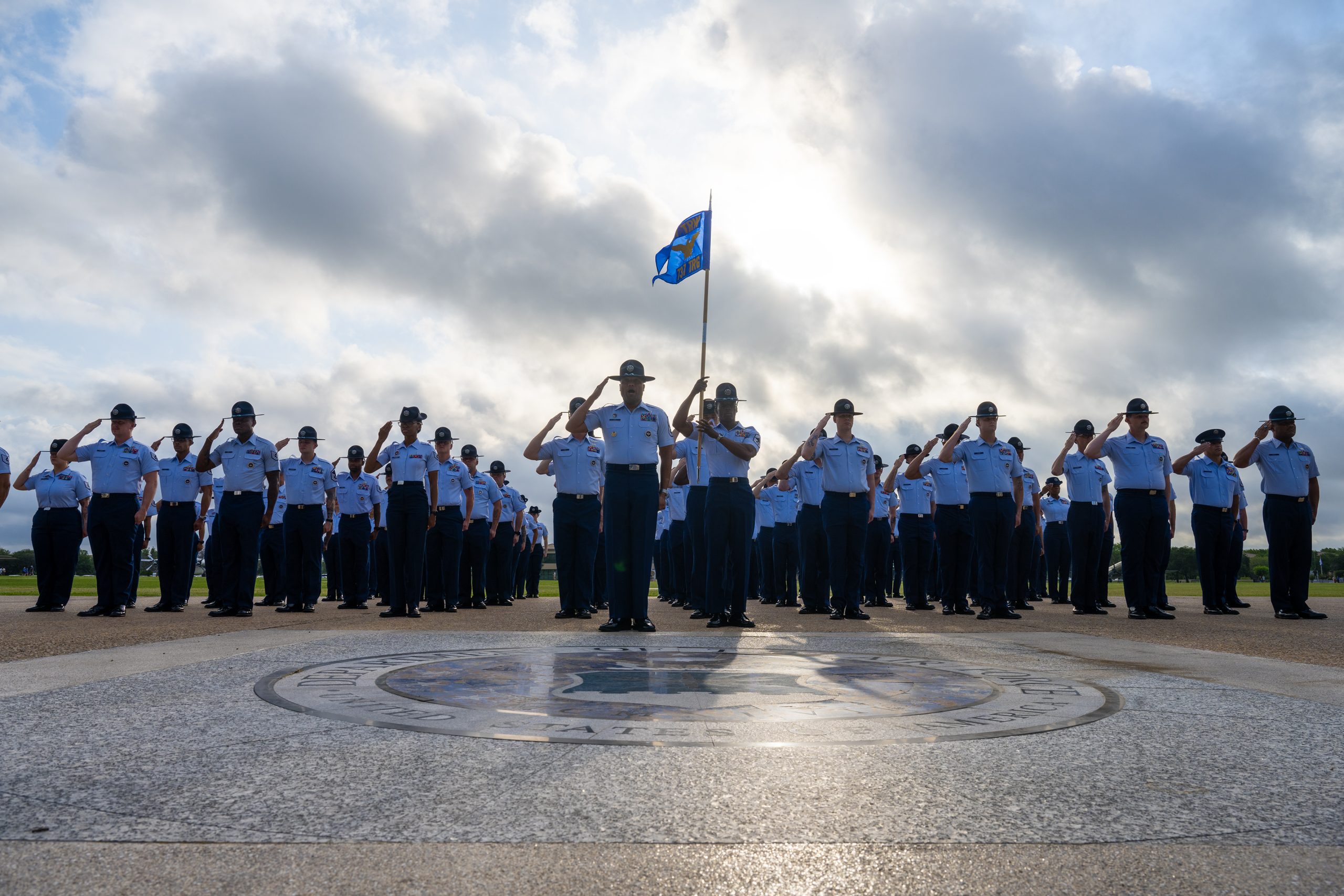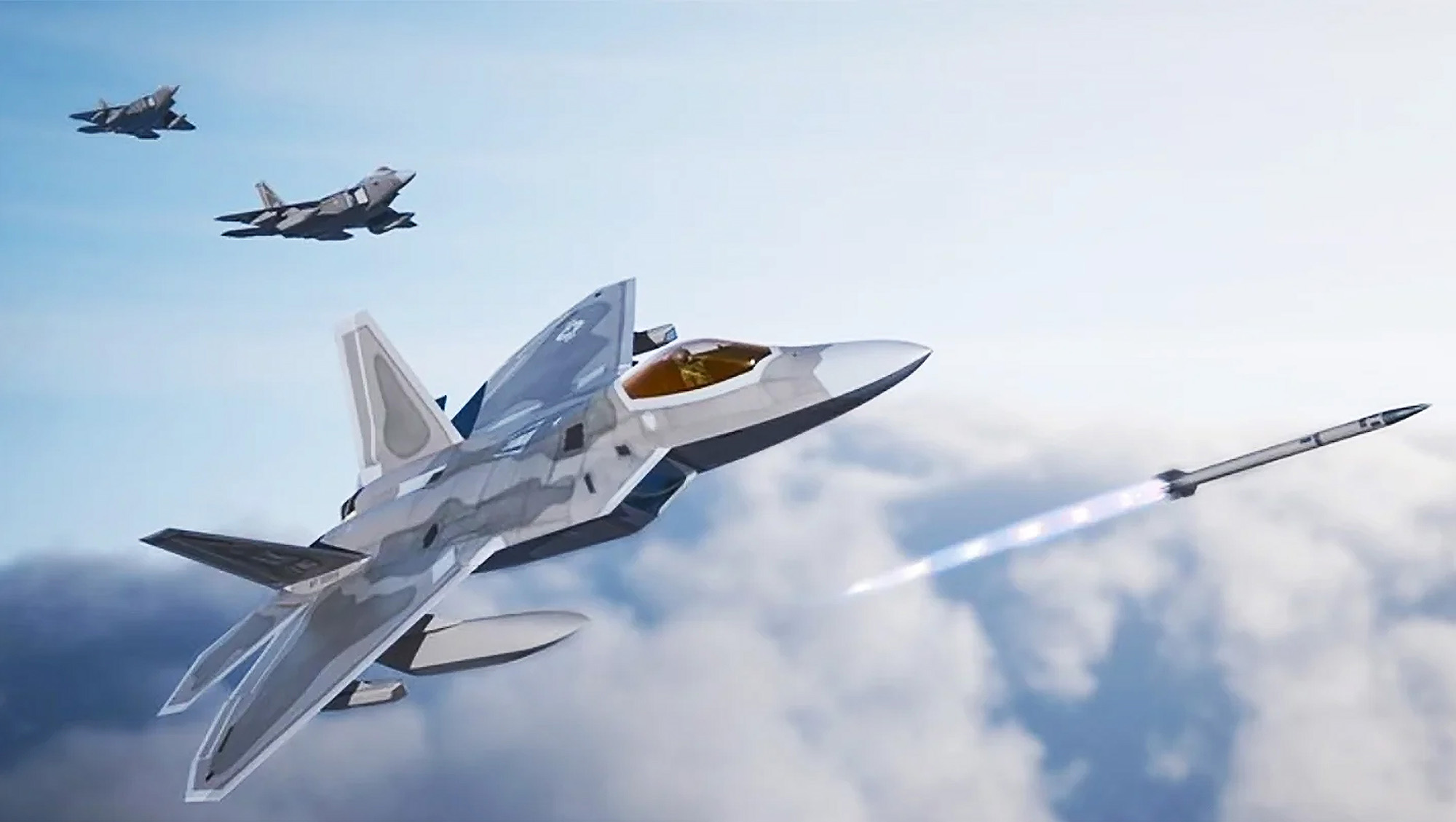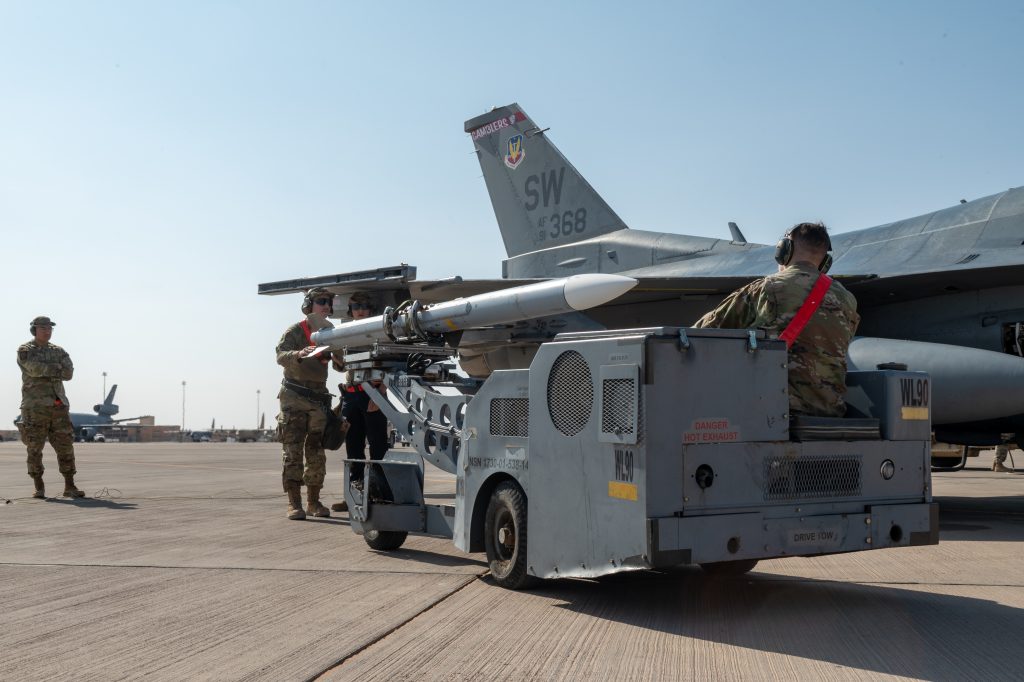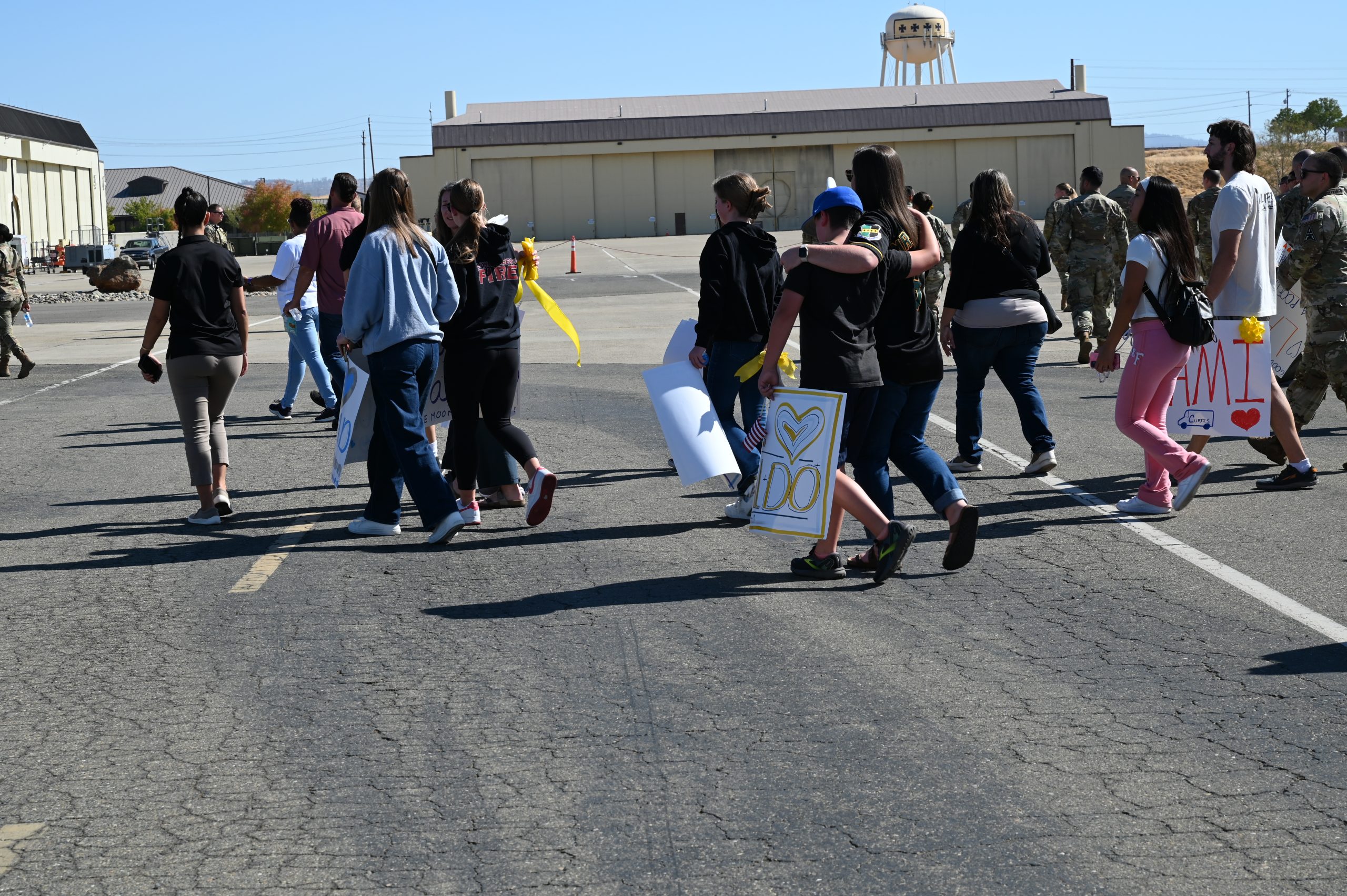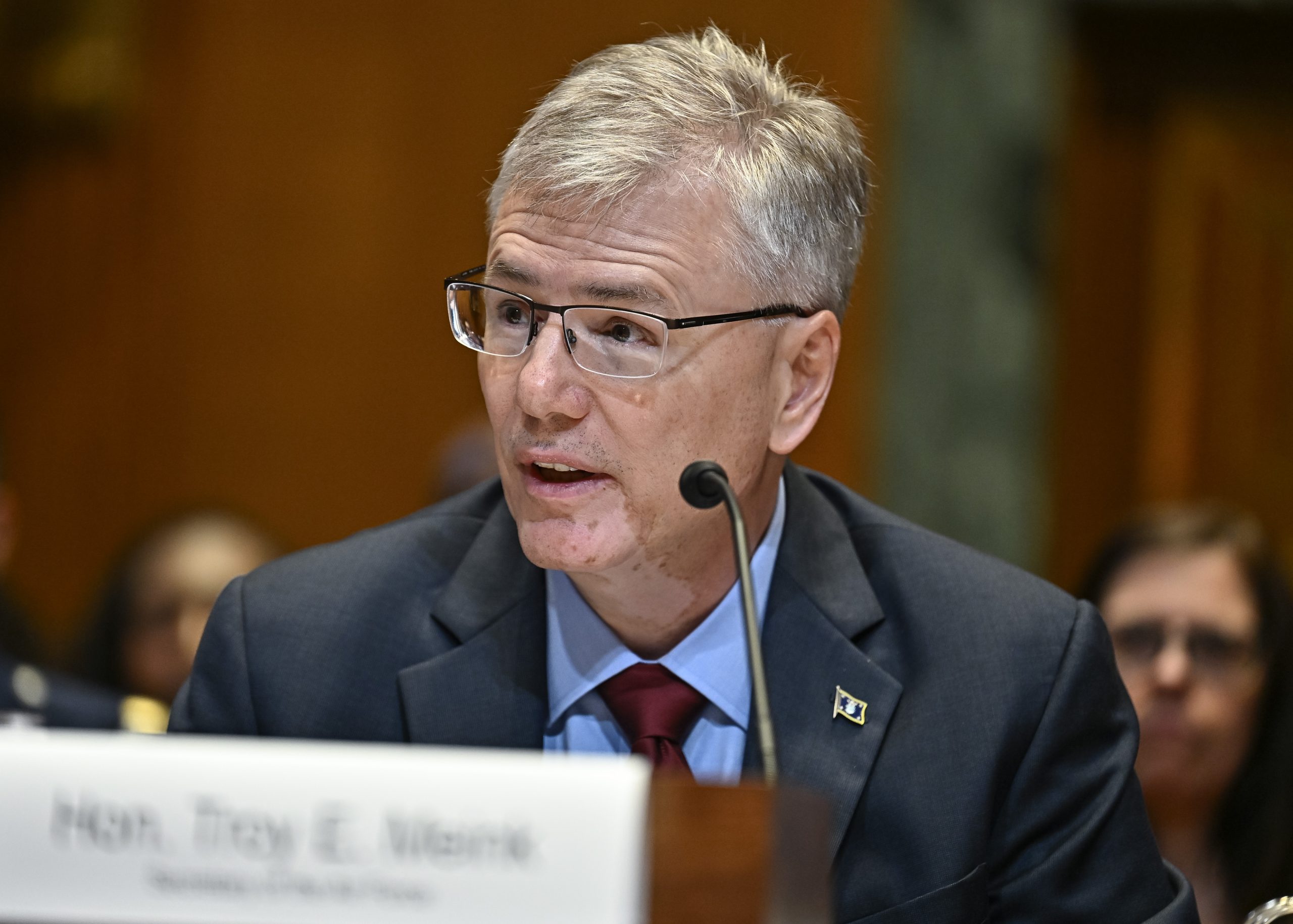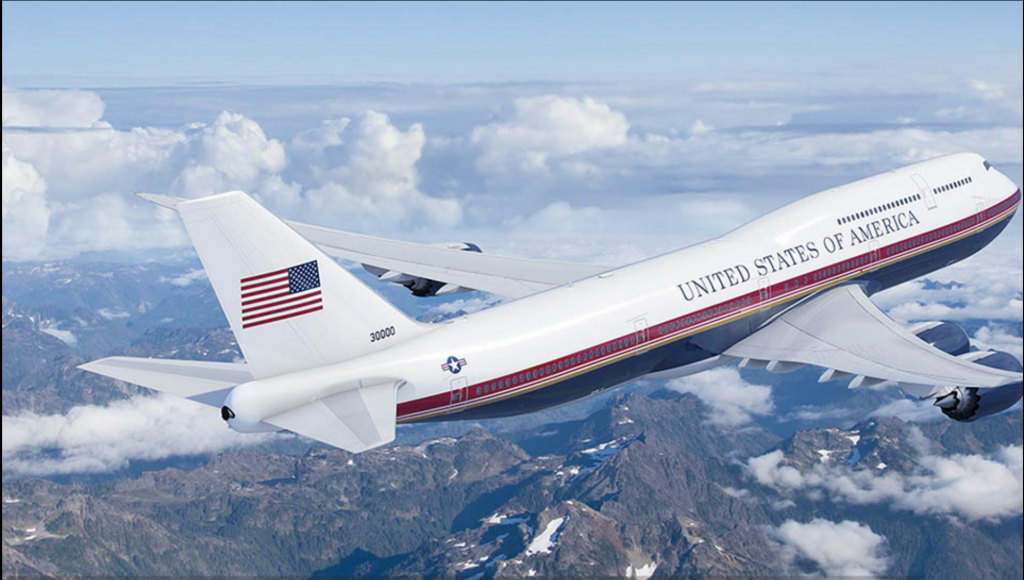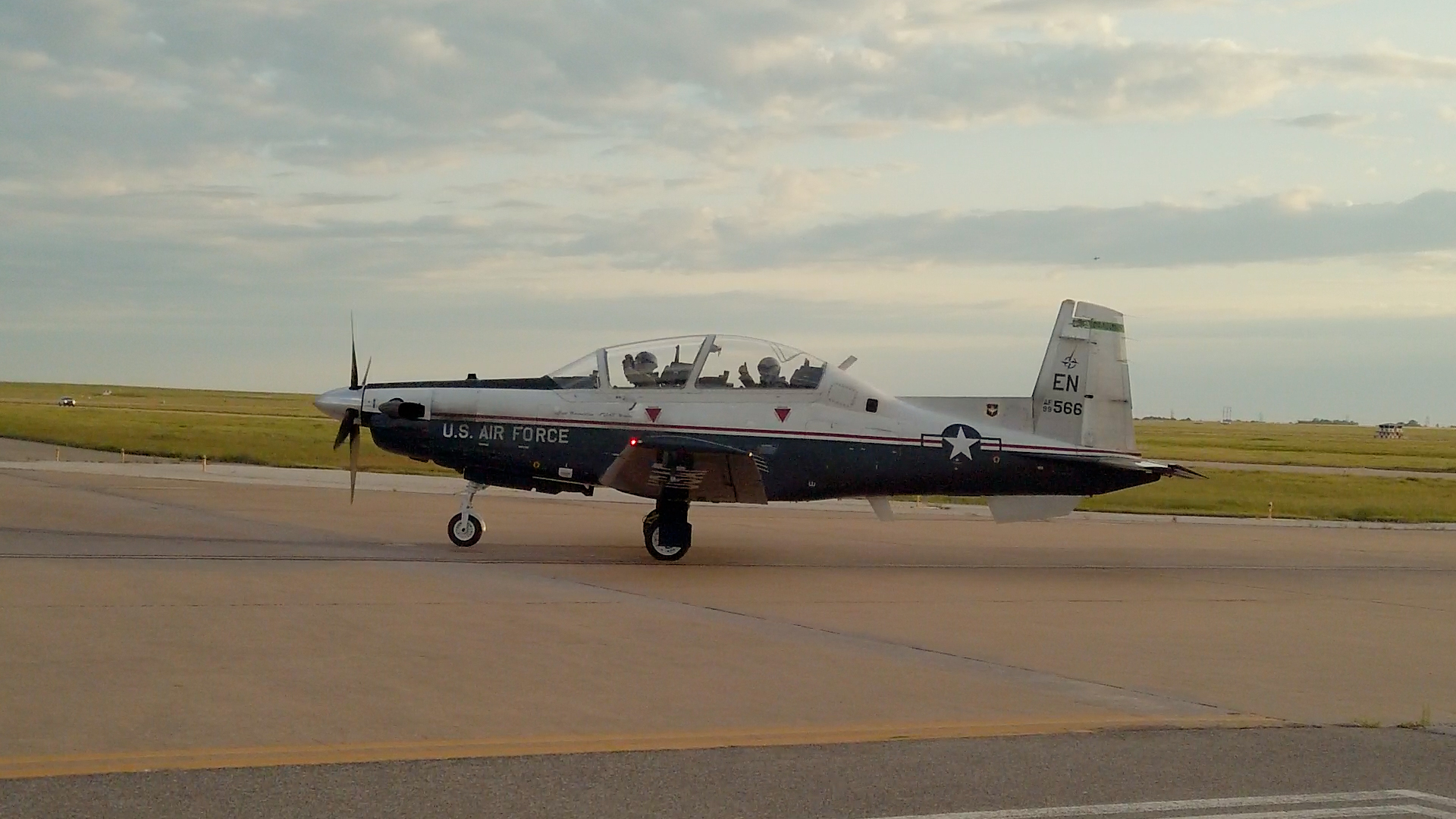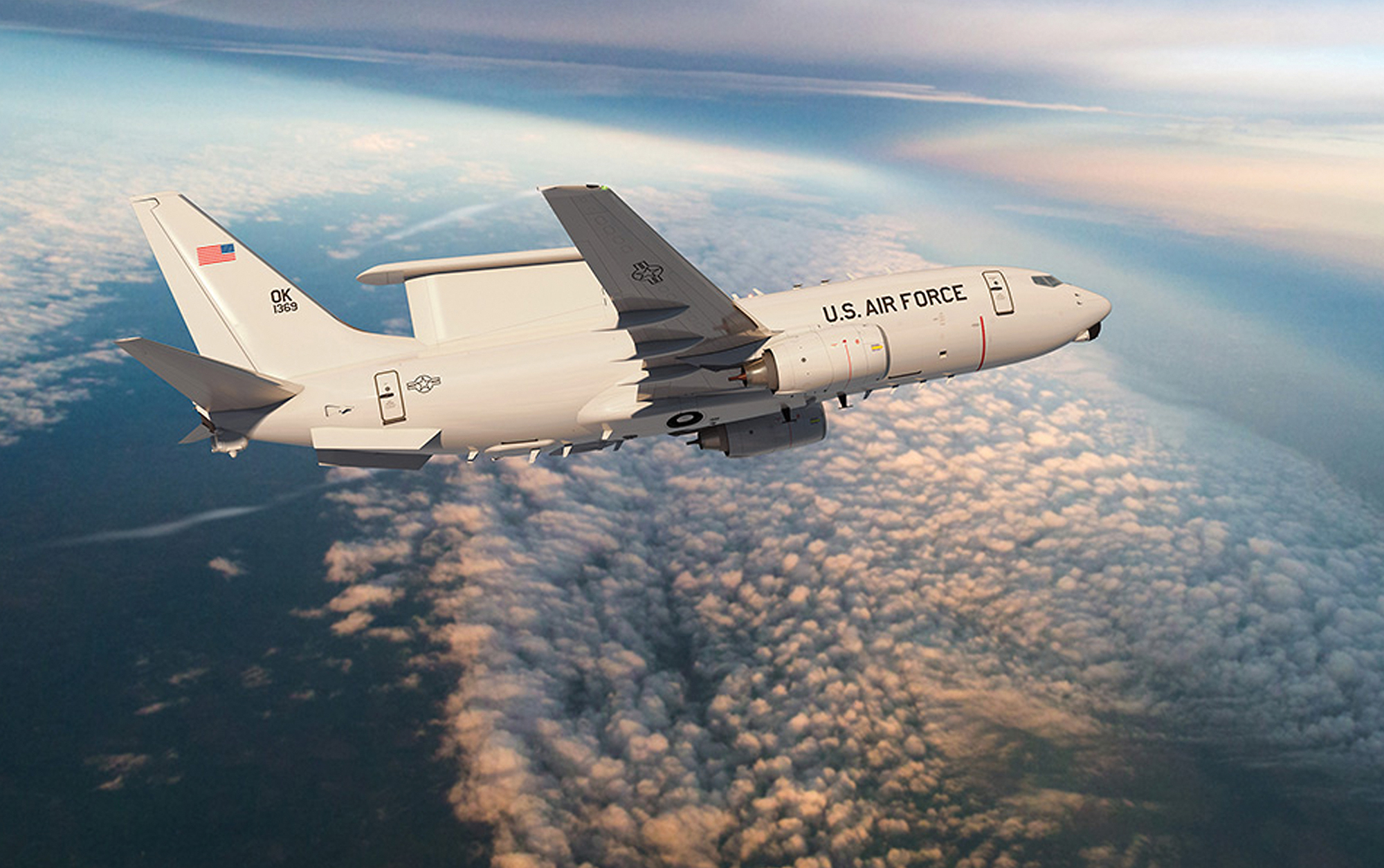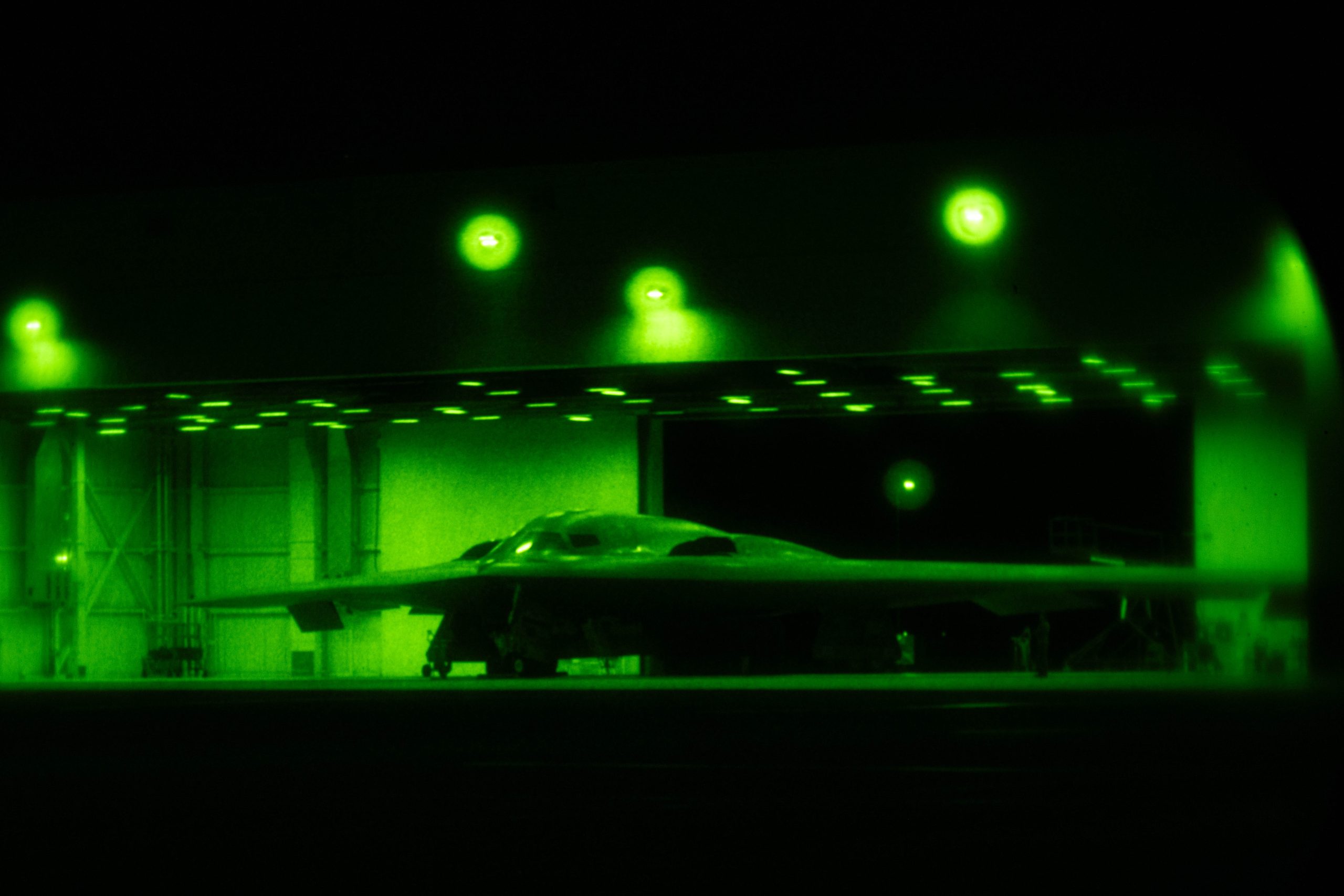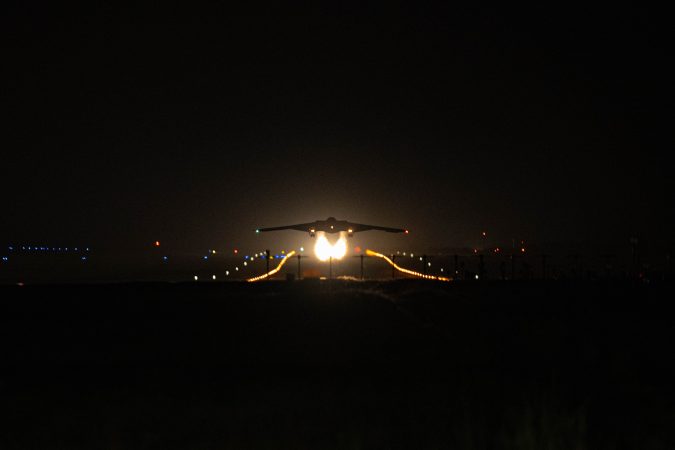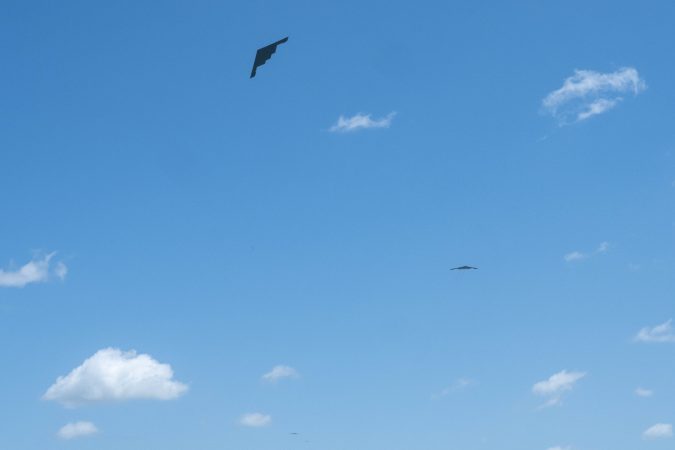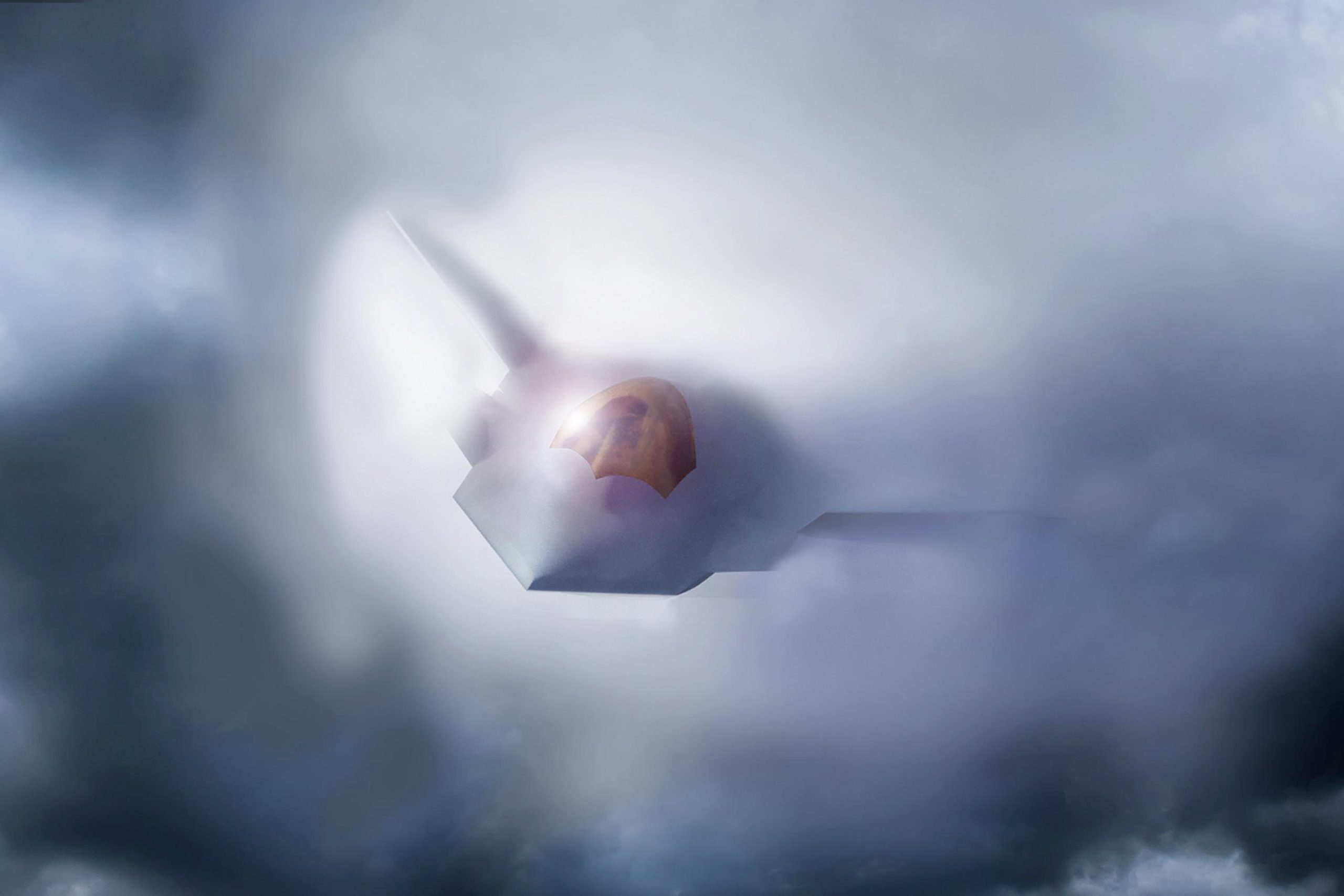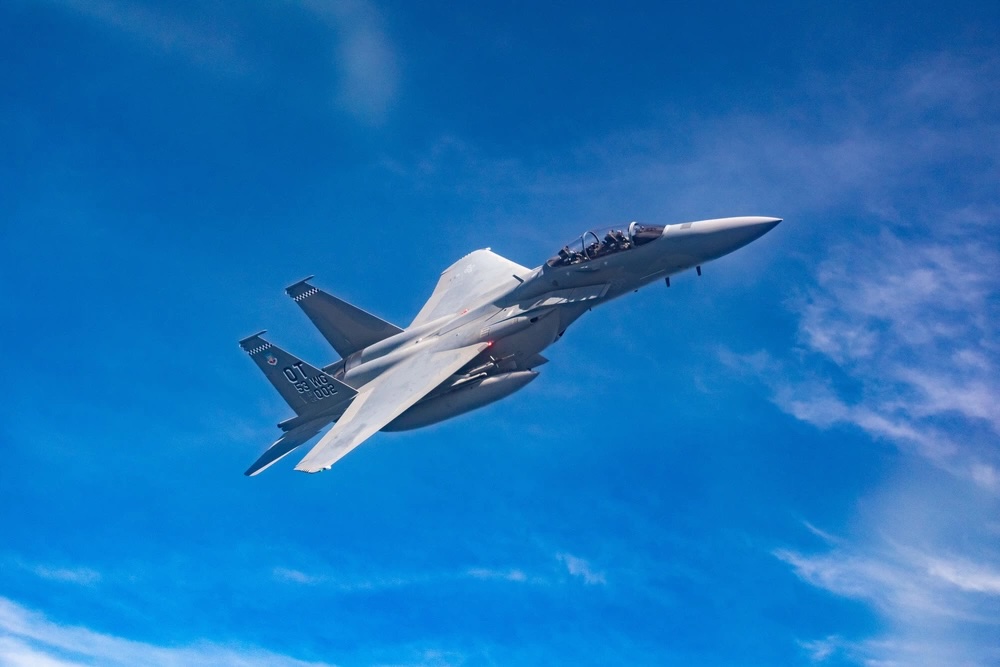The long-term future of one of the Space Development Agency’s two satellite constellations is on hold as officials study the options for replacing a planned “data transport layer” with one or more commercial solutions. President Trump’s proposed 2026 defense budget zeroes out funding for a future tranche of satellites.
SDA’s Transport Layer is intended to be the “backbone” of the Pentagon’s Joint All Domain Command and Control system for moving data from sensors to shooters. The experimental Tranche 0 satellites have launched and contracts are already awarded to launch more than 300 Tranche 1 and 2 satellites beginning this summer and continuing into 2027.
Now the Transport Layer’s Tranche 3 in doubt. A Department of the Air Force spokesperson told Air & Space Forces Magazine that the 2026 budget request sent last week includes around $1.8 billion to continue Tranches 0, 1, and 2—but not Tranche 3—even though Tranche 3’s preliminary funding was included in fiscal 2025 and contracts had been expected this year.
“DOD is conducting an Analysis of Alternatives to determine the requirements and architecture for proliferated SATCOM, to include both government-owned and commercial,” the spokesperson said. “A final decision on this architecture has not been made, but there is and will continue to be investment in commercial SATCOM appropriate to meet warfighter needs.”
An SDA spokesperson referred questions to the department.
The Space Force has yet to release detailed budgets for SDA’s Transport Layer program, but its funding does appear to be down some $300 million from last year’s request.
Multiple lawmakers voiced concerns about potential cuts to the Tranche 3 Transport Layer to Chief of Space Operations Gen. B. Chance Saltzman during hearings in June.
On June 5, Rep. Derek Tran (D-Calif.) asked Saltzman about “rumors” that Tranches 2 and 3 would be canceled and if he would commit to continuing Tranche 2. Saltzman endorsed Tranche 2 but did not comment on Tranche 3, saying “we’re committed to making sure that that program is successful and looking at the broad array of capabilities that might complement it.”
On June 24, queried by both Sens. Chris Coons (D-Del.) and John Hoeven (R-N.D.) about potentially cancelling Tranche 3, Saltzman indicated that phase would be on hold in 2026. “There’s still some money in Tranche 2 to continue to flesh out that space data transport network,” Saltzman said. “Now we have to look at what are the other avenues to deliver potentially a commercial proliferated low Earth orbit constellation. And so we are simply looking at alternatives as we look to the future as to what’s the best way to scale this up to the larger requirements for data transport.”
SDA sent a notice to industry last year detailing plans for scores of Tranche 3 satellites in 2025, but earlier this spring the agency called off planned solicitations, saying they would “not proceed until further budgetary guidance has been received.”
A gap in funding would push back potential Tranche 3 Transport launches beyond the originally planned start in late 2028.
Still, SDA Director Derek M. Tournear indicated at last week’s Defense One Tech Summit that he was still thinking about Tranche 3, referring to how the agency is using lessons learned on Tranches 1 and 2 as it plans for integration on Tranche 3.
SDA is also still working on a Tranche 3 for its Tracking Layer, for missile tracking and warning.
The main alternative to the Transport Layer is “MILNET,” a secretive “future proliferated Low Earth Orbit (pLEO) satellite communications architecture that will provide global, integrated, and resilient capabilities across the Combat Power, Global Mission Data Transport, and Satellite Communications mission areas,” according to the DAF spokesperson.
Tran and Coons both said they were told MILNET will consist of SpaceX commercial satellites in low-Earth orbit, but Air Force Secretary Troy Meink said was not necessarily correct. “MILNET … should not be taken as just a system,” he said. “How we field that going forward into the future is something that’s still under consideration.”
The DAF spokesperson said requirements and the architecture for MILNET are still in development, and suggested the department is looking to ensure neither SpaceX nor anyone else will dominate the program.
“We are also investigating communication between different optical crosslinks in order to support a scalable multi-vendor satellite communication architecture that avoids vendor lock,” the spokesperson said.
A Pentagon comptroller document lists “pLEO SATCOM (MILNET)” as earmarked for $277.4 million in fiscal 2026.
A Space Systems Command program called pLEO that manages commercial satellite communications contracts for organizations across the Department of Defense. SpaceX has dominated that program through its Starlink and Starshield constellations, but it is unclear if or how that will be related to MILNET.
